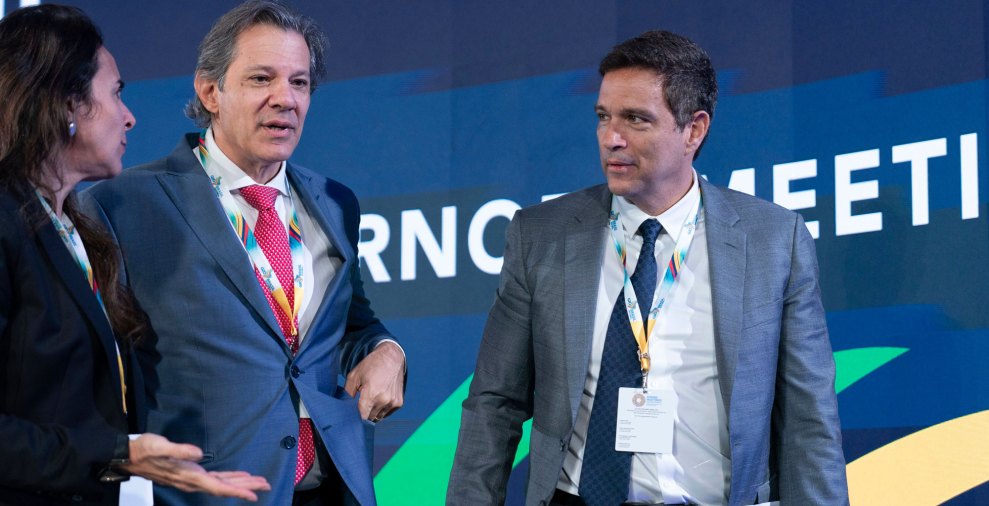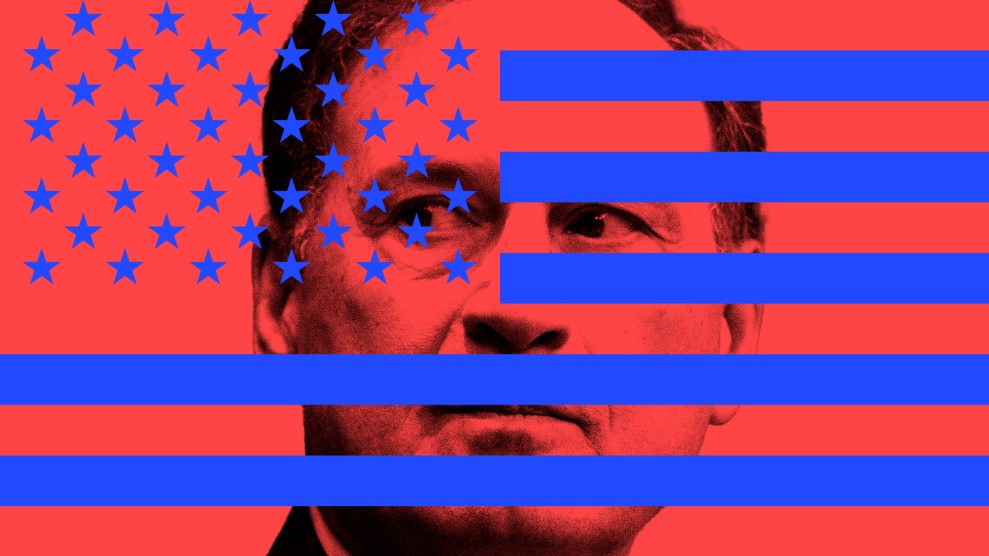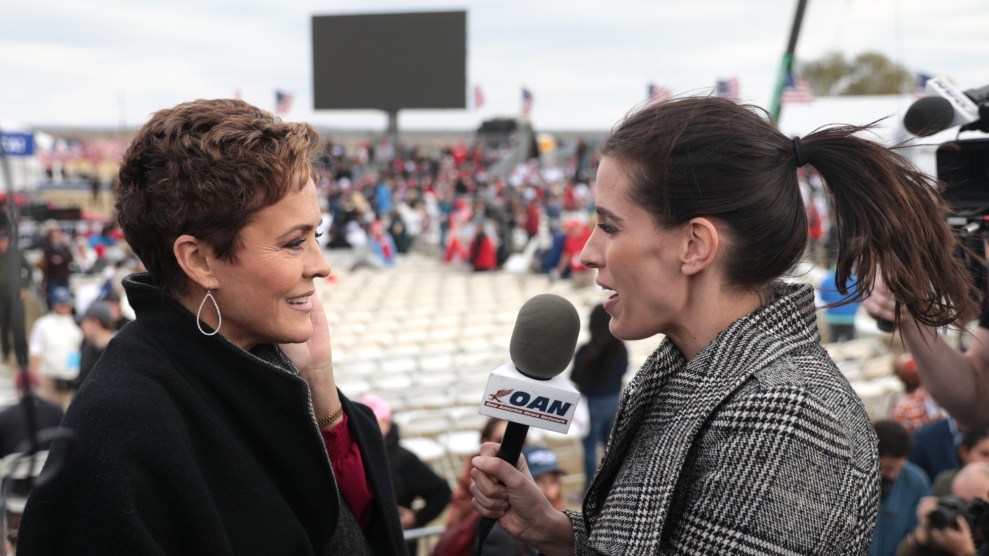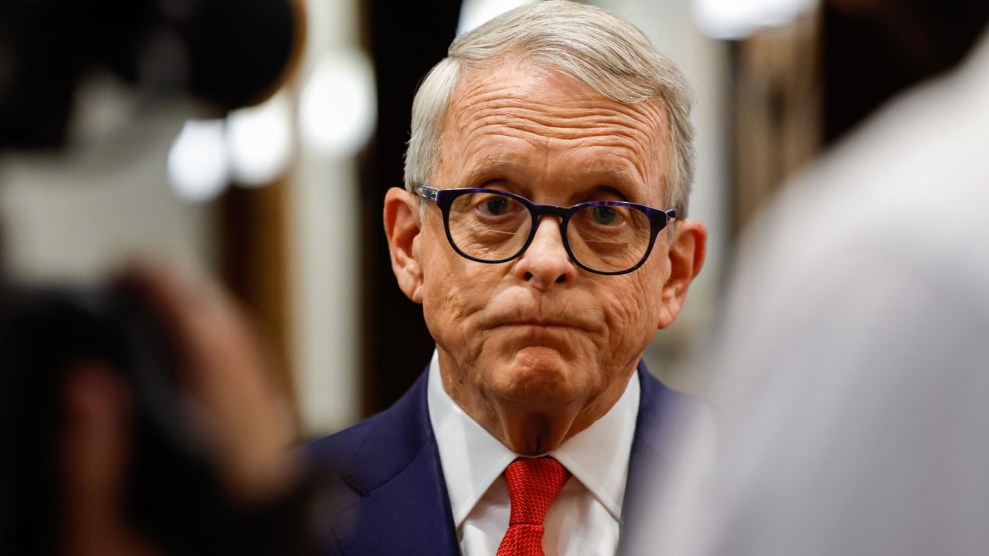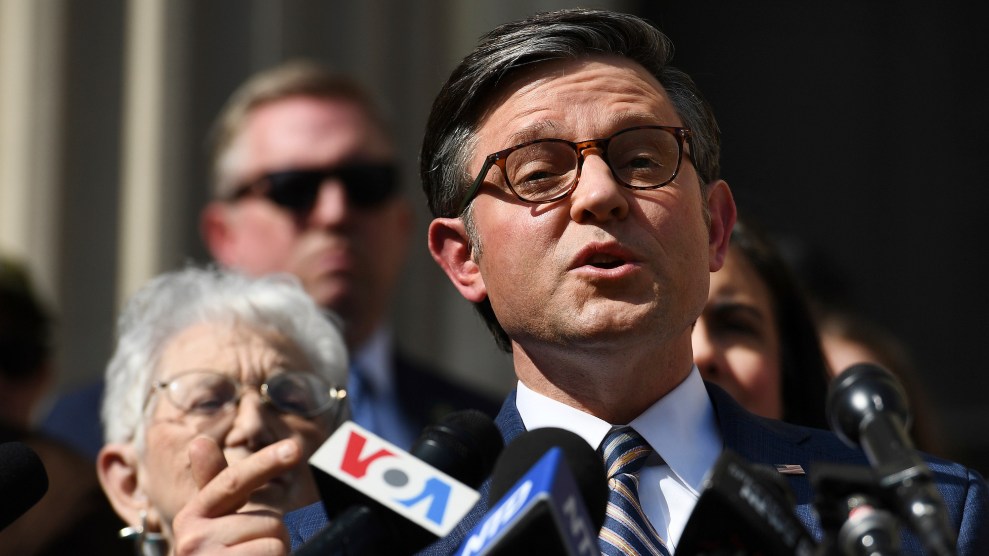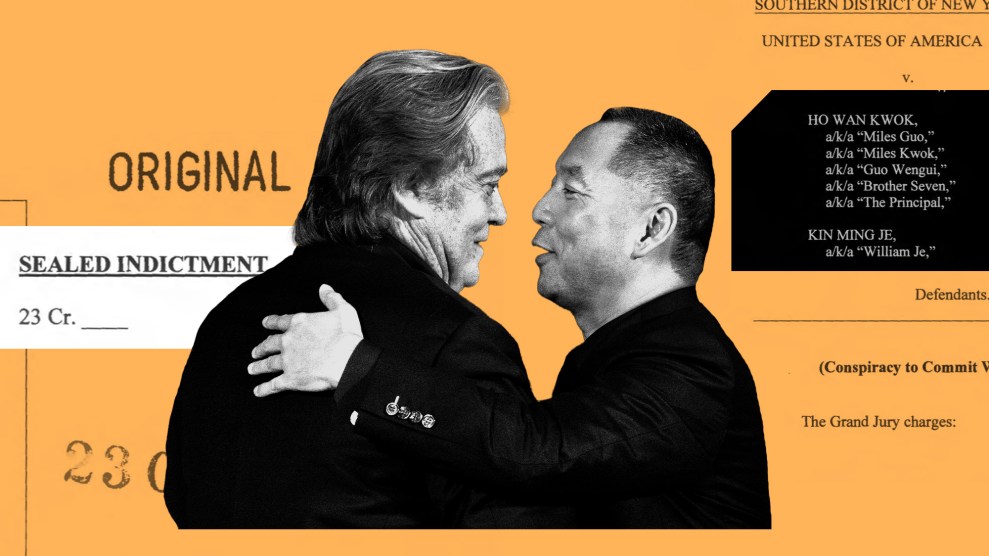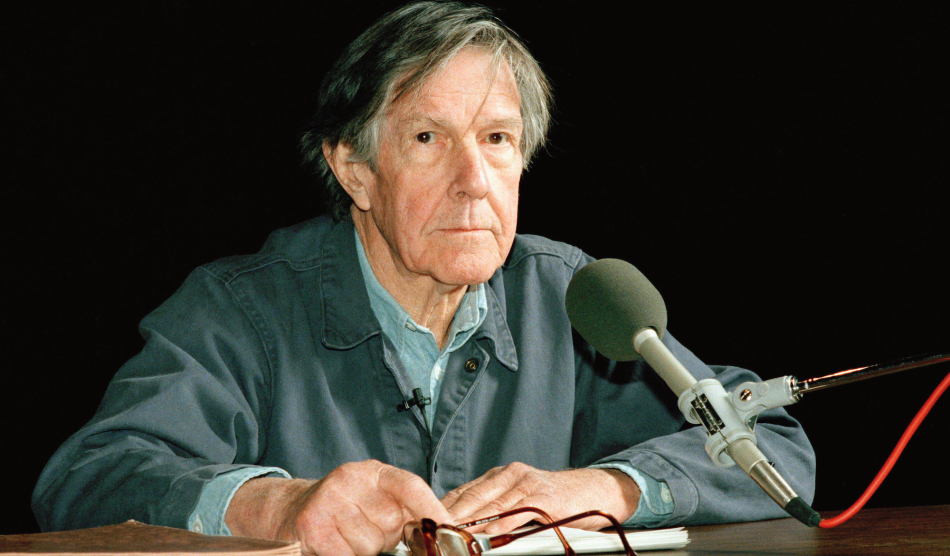When the lame-duck Senate Armed Services committee starts confirmation hearings next week on Robert Gates, President Bush’s replacement for Donald Rumsfeld, Gates’ performance in his last government job, as head of the CIA, is certain to come up. But will any of the senators ask Gates about his role in the first Bush administration’s final blunder—the military operation in Somalia, launched by George H. W. Bush in the lame-duck days after the 1992 election, and brought to a disastrous conclusion six months later under Clinton? John Prados, an analyst at the National Security Archives and author of the new book Safe for Democracy, says it was Gates who approved the “initial architecture” for the operation, including making arrangements for TV crews in Mogadishu to train their spotlights on the Marines’ dramatic night landing. The CIA then led the troops inland, spread them out, and set up bases while keeping tabs on the conflict through its assets with the warlords; by the following spring most of the U.S. troops had been replaced by UN forces, and the rest were pulled after the Black Hawk Down debacle in June 1993.
Despite questions about his handling of the Somalia planning and other intelligence matters, Prados says he expects Gates to be confirmed easily; Armed Services Committee chair John Warner, R-Va., voted for Gates’ confirmation in 1991. Once in office, Prados says, Gates could help bridge divisions between the CIA and the military, perhaps even pulling the plug on Rumsfeld initiatives that pit military intelligence initiatives against the CIA. Just don’t expect him to crack down on politically influenced intelligence; that, after all, was his specialty.
